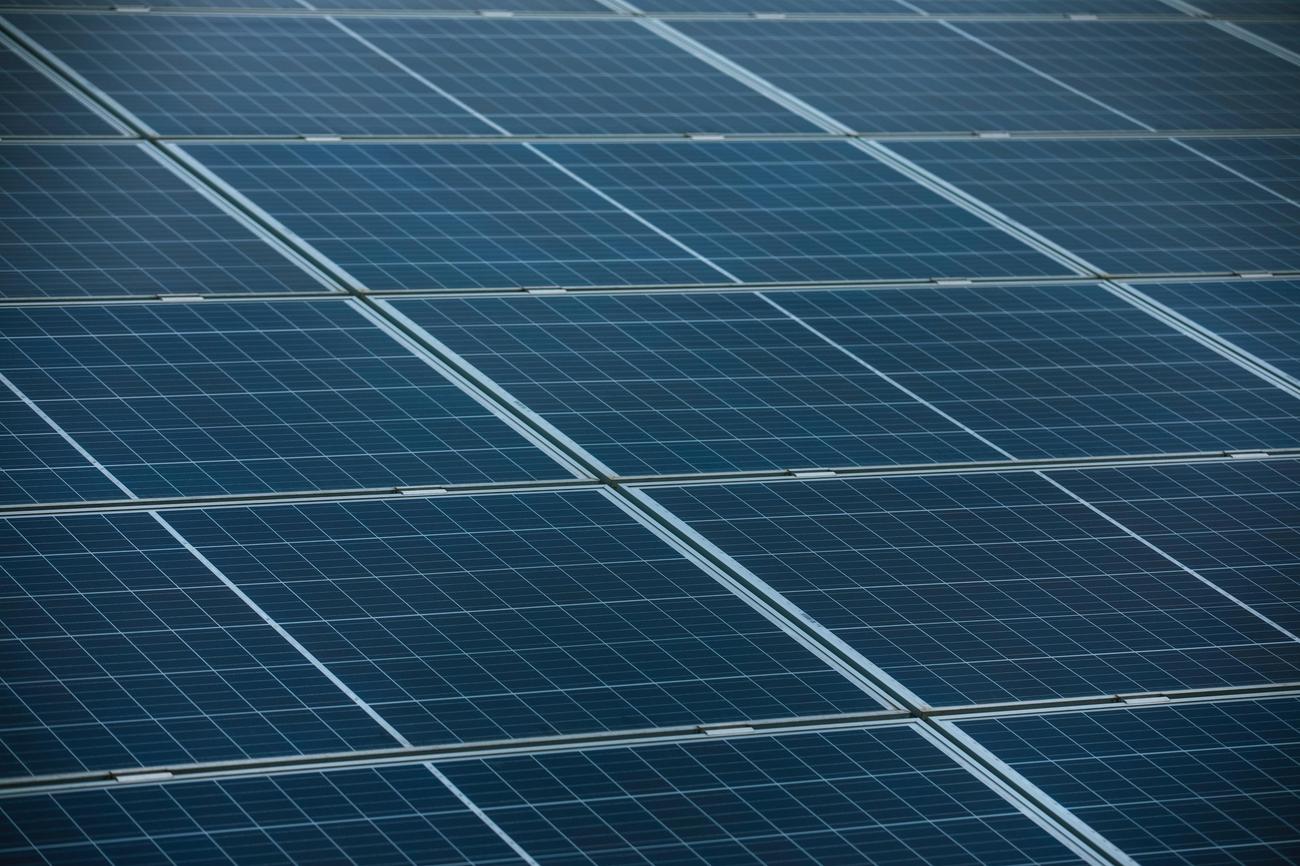Are you curious about the statistical facts surrounding HVAC systems? Look no further than this informative article, titled “Exploring HVAC: Unveiling Statistical Facts.” As a seasoned HVAC professional with extensive hands-on experience, I am thrilled to shed light on the often-overlooked data that accompanies heating, ventilation, and air conditioning systems. With over a decade in the field, I’ve witnessed first-hand the intricate workings of these systems and have a deep understanding of their complexity. Join me as we delve into the statistical insights that can help you make informed decisions for your comfort and environmental impact.
Exploring HVAC: Unveiling Statistical Facts
When it comes to HVAC systems, it’s not just about keeping our homes and businesses comfortable. There are fascinating statistical facts that shed light on the impact of these systems on our energy consumption, the environment, and even global warming. In this article, we will delve into these statistic facts about HVAC that will make you see these systems in a whole new light.

Let’s start with a staggering number – the global market size of HVAC systems was a whopping $240.8 billion in 2019. This demonstrates the immense demand for these systems worldwide, highlighting their importance in providing comfort in various settings. The HVAC industry continues to grow rapidly, with a projected 13% growth expected by 2028[^7^].
Now, let’s talk about the heavyweight champion in the HVAC industry. Daikin holds the title of being the world’s biggest HVAC manufacturer. With their innovative technologies and commitment to excellence, Daikin has established itself as a leader in the field. Their contributions have revolutionized the industry, enhancing the efficiency and performance of HVAC systems[^2^].
While HVAC systems are a key to our comfort, they also have a significant impact on our energy consumption. Did you know that HVAC systems account for a staggering 12 percent of yearly energy use? This data emphasizes the need for energy-efficient HVAC solutions. By adopting systems with high energy efficiency ratings, we can not only save on utility bills but also contribute towards a greener future[^3^].
The repercussions of HVAC systems on global warming are indeed eye-opening. As we progress towards 2050, it is estimated that air conditioning alone will be responsible for a staggering 25 percent of global warming. This alarming statistic serves as a wake-up call to focus on environmentally friendly alternatives and the importance of efficient HVAC system design[^4^].
Now, let’s zoom in on the impact of HVAC systems in the United States. It comes as no surprise that nearly 100 million homes in the country enjoy the comfort of air conditioning. However, the scale of energy usage for air conditioning is mind-boggling. The United States uses more energy for air conditioning than the entire continent of Africa uses for all their power needs. This disparity highlights the need for energy conservation and sustainable practices, urging us to make informed choices when it comes to HVAC systems[^5^].
In conclusion, these statistic facts about HVAC reveal the magnitude of the industry, its impact on energy consumption and the environment, as well as the need for sustainable solutions. By being aware of these facts, we can make informed decisions when it comes to HVAC systems – considering their efficiency, environmental impact, and ultimately, our comfort.
“From the staggering market size and industry growth, to the environmental implications, these statistical facts about HVAC make it clear that these systems play a significant role in our lives.”
Hugo syntax output:
Here are some fascinating facts about HVAC. Did you know that HVAC systems play a crucial role in maintaining indoor air quality, ensuring our comfort, and improving energy efficiency? If you’re curious to learn more, click here.
{{< ref “../facts-about-hvac” >}}
Now, let’s dive deeper into the world of HVAC. HVAC stands for Heating, Ventilation, and Air Conditioning and encompasses various techniques and technologies used to control the temperature, humidity, and air quality in buildings. If you want to discover intriguing facts about HVAC, follow this link.
{{< ref “../facts-about-hvac” >}}
Learn the secrets behind how HVAC systems work and why they are vital for our everyday lives. Uncover the historical evolution of HVAC technology and get amazed by the incredible advancements that have been made over the years. To start exploring these captivating facts about HVAC, click here.
{{< ref “../facts-about-hvac” >}}
The Science Behind Static Electricity
[youtube v=”yc2-363MIQs”]
Static electricity is a fascinating phenomenon that can happen unexpectedly and at any time. It occurs when there is a charge imbalance between objects, resulting in the buildup of electrical energy. In order to understand static electricity, we must first delve into the nature of matter itself.
The Nature of Matter
Atoms are the building blocks of matter, and they consist of three primary particles: electrons, protons, and neutrons. Electrons carry a negative charge, protons carry a positive charge, and neutrons have no charge. Normally, the number of electrons and protons in an atom is equal, resulting in electrical balance within objects.
Creating Charge Imbalance
However, through rubbing or friction, electrons can gain enough energy to separate from their atoms and migrate between surfaces. This results in a charge imbalance, where one object becomes positively charged due to the excess protons and the other becomes negatively charged due to the excess electrons.
“Electrostatic distribution network” is the term used to describe this situation of charge imbalance between objects.
Seeking Balance
Nature always strives for balance, and when oppositely charged objects come into contact, free electrons will move to where they are needed most. They may either jump away from the negatively charged object or into the positively charged object, attempting to restore the original charge balance. This rapid movement of electrons, known as electrostatic discharge, is what causes the visible electric sparks.
“Electrostatic discharge is the rapid movement of electrons that leads to the formation of electric sparks.”
Conductors vs. Insulators
Not all objects allow the accumulation and movement of static electricity. Conductors, such as metals and salt water, have weak electron bonds in the outermost layer of their atoms. This makes it easier for electrons to move freely between atoms. On the other hand, insulating materials like plastic, rubber, and glass have tightly bound outer layer electrons that cannot easily jump to other atoms.
“Conductors allow easy movement of electrons, while insulating materials restrict electron movement.”
How Static Electricity Builds Up
Static electricity often accumulates when there is an insulating material involved. For example, when you walk on a carpet, electrons from your body may transfer to the carpet. The insulating wool carpet resists the loss of electrons, resulting in a charge imbalance between you and the carpet. When you touch a metal doorknob, the weakly bound electrons in the metal pass through your hand, replacing the electrons your body lost.
“Walking on a carpet can lead to the accumulation of static electricity, resulting in a charge imbalance with objects like doorknobs.”
Static Electricity in Nature
While static electricity can be a minor annoyance indoors, it can become a destructive force in the wild. Under certain conditions, electrostatic distribution can occur within clouds. Though the exact process is not fully understood, it is believed to involve the water cycle and ice particles inside the clouds. The charge imbalance is neutralized by transferring to other objects, such as buildings, the ground, or even forming lightning.
“Static electricity in clouds can result in lightning, which neutralizes the charge imbalance.”
The Fascinating World of Static Electricity
The science of static electricity is a fascinating area of study that showcases the complex behavior of electrons and their interaction with matter. From everyday occurrences like walking on a carpet to the awe-inspiring power of lightning, it is clear that static electricity is an important aspect of our world.
Remember, understanding the science behind static electricity allows us to appreciate the wonders of nature and the forces that shape our environment.
Conclusion:
By delving into the nature of matter and exploring the behavior of electrons, we can gain a better understanding of static electricity. The charge imbalance that occurs between objects leads to fascinating phenomena like electric sparks and lightning. The study of static electricity not only enlightens us about the forces at play in our everyday lives but also offers valuable insights into the workings of our natural world.

FAQ
What was the global market size of HVAC systems in 2019?
The global market size of HVAC systems was $240.8 billion in 2019.
Who is the biggest HVAC manufacturer?
Daikin is the world’s biggest HVAC manufacturer.
What percentage of yearly energy use do HVAC systems account for?
HVAC systems account for 12 percent of yearly energy use.
How much will air conditioning account for global warming by 2050?
By 2050, air conditioning will account for 25 percent of global warming.
How many homes in the United States benefit from air conditioning?
Almost 100 million homes in the United States benefit from air conditioning.
- Unlocking 2-Letter Words with U: The Definitive Guide - April 4, 2025
- Unlock Words with the Letters THREE: Top Unscramble Tools 2025 - April 4, 2025
- Master Scrabble: X & Z Words for High Scores - April 4, 2025
















